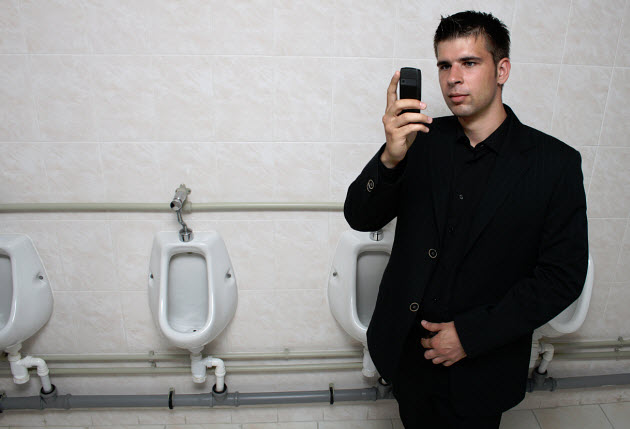The AR technology converts former barriers within the vehicle into a view of the outside world.
Drivers that pay attention to the road, follow the rules, and take a great deal of care still have a major issue working against them, which is the blind spot caused by various parts of the vehicle, but now an augmented reality based technology has been designed to help to overcome that problem.
Blind spots are created by window frames, the roof, the floor, the doors, the hood, and the trunk.
However, when augmented reality is used to turn those blocked areas into displays of the real world that is immediately outside, it eliminates those blind spots and makes it appear as though the vehicle is invisible. The idea is that it can help a driver to be far more aware of his or her surroundings, making more informed decisions about road use – such as lane changes, and parking, for example.
This use of augmented reality technology for a “transparent cockpit” was created by Keio University researchers.
The team of researchers used retro-reflectors and projectors in order to be able to give the driver the feeling that he or she was operating a vehicle made of glass, despite the fact that it was actually still made of steel, which will provide the necessary protection on the road. In this way, the image of what is immediately outside a door, or other parts of the frame of the car, for instance, is projected onto that surface, revealing whatever is behind it.
A self-illuminated display could have been an option except that it would need to be built into virtually any interior component including directly onto the doors and seats. The primary challenge is in customizing the display in order to suit the various different shapes of car components. For this reason, the researchers opted to use a projector system. In this, the entire interior of the car would be covered in a material that could function as a screen, or could at least have screens placed over top if they were not permanently attached.
In order to overcome the drawbacks of a conventional projection system, a special projector system was selected for this augmented reality experience, making it possible to see the outdoor environment through the reflection of light directly back along the path that it had just taken. That way, the correct image and its position can be seen, aimed back at the observer, regardless of whether that person is the driver or a passenger.


